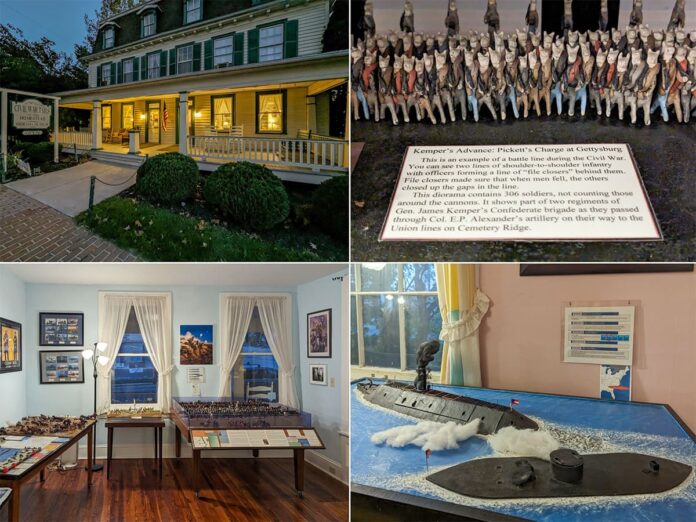
If you’re looking for information about visiting the Civil War Tails museum in Gettysburg, you’re in the right place.
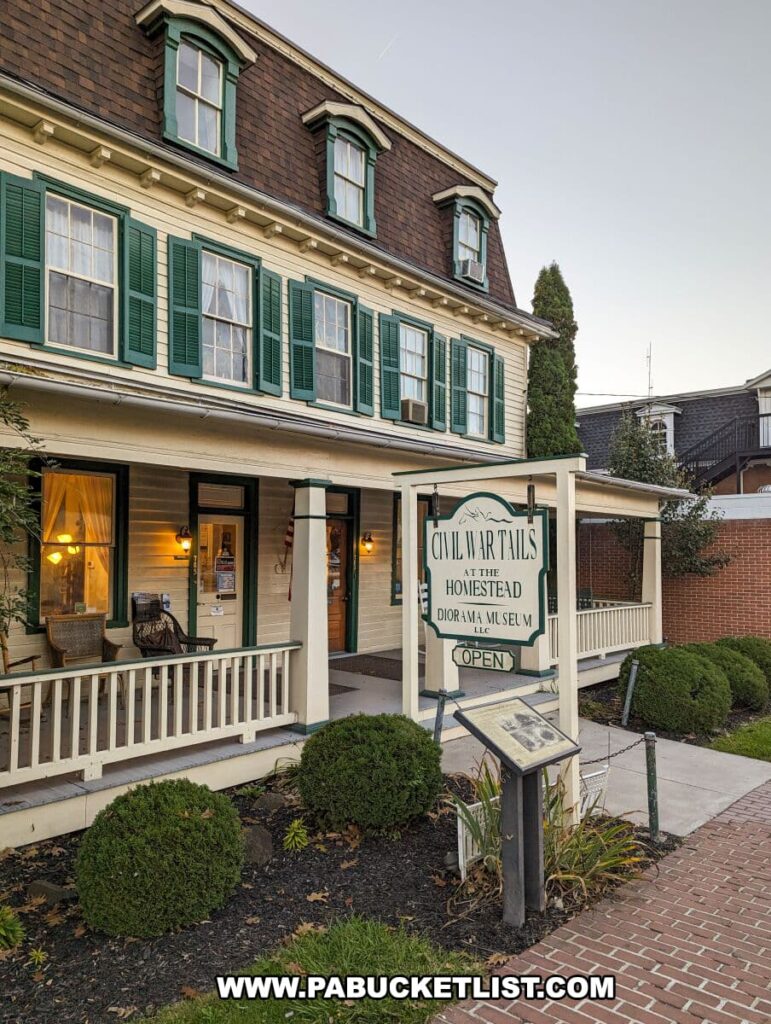
Civil War Tails is a distinctive museum where Civil War dioramas come to life with an intriguing twist: every soldier is depicted as a cat!
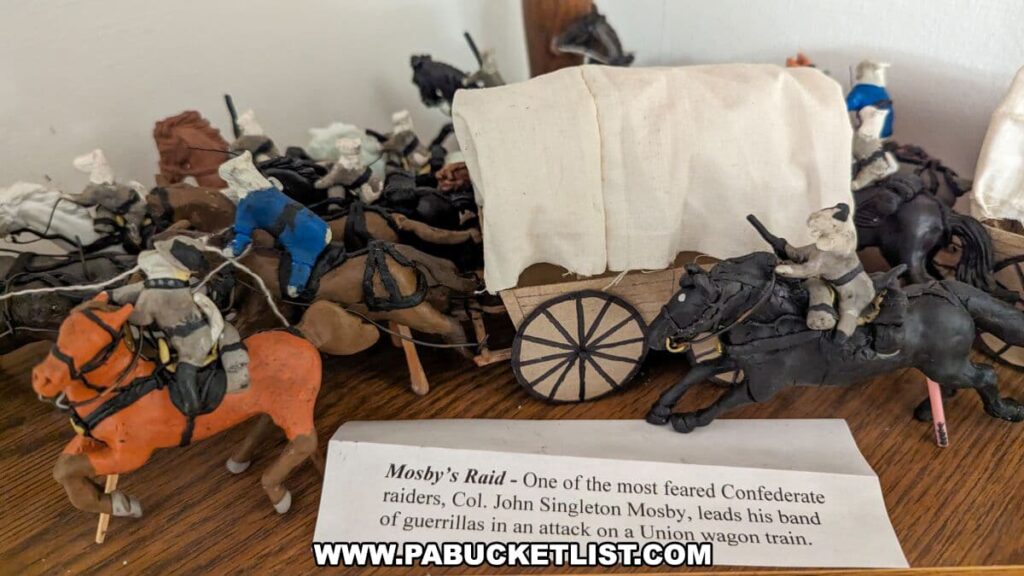
This creative approach offers a fresh perspective on the historic battles of the Civil War, combining educational content with a touch of whimsy.
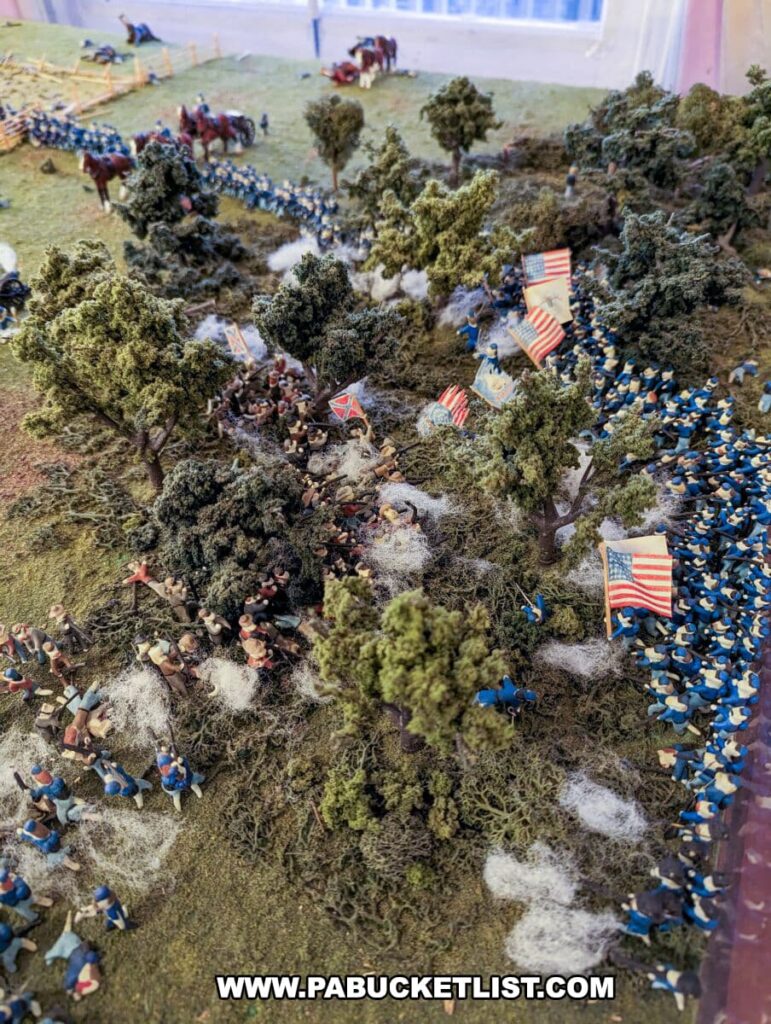
The museum is housed in a building originally built in 1869 as part of The National Homestead, a school for the orphans of soldiers killed in the Civil War.
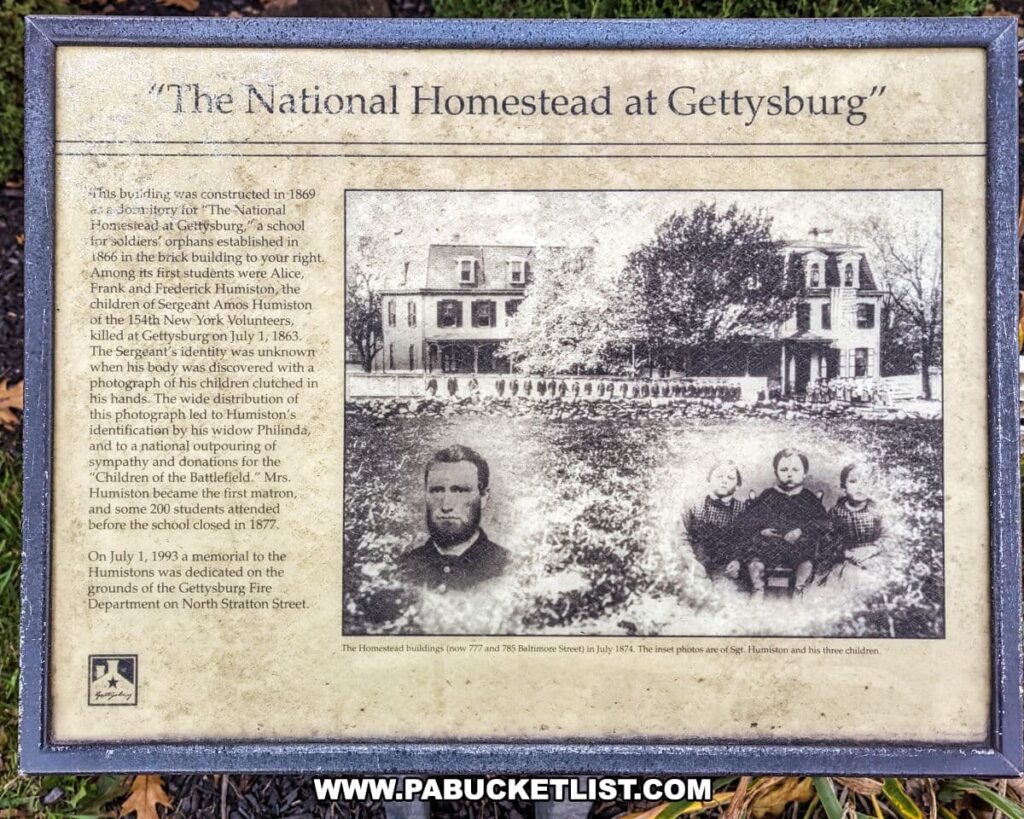
Directions | Hours | Admission Fees
The Civil War Tails museum is located at 785 Baltimore Street, Gettysburg, PA 17325.
Like many destinations in Gettysburg, the hours vary with the seasons – please check the Civil War Tails OFFICIAL WEBSITE for the most up-to-date days and hours of operation.
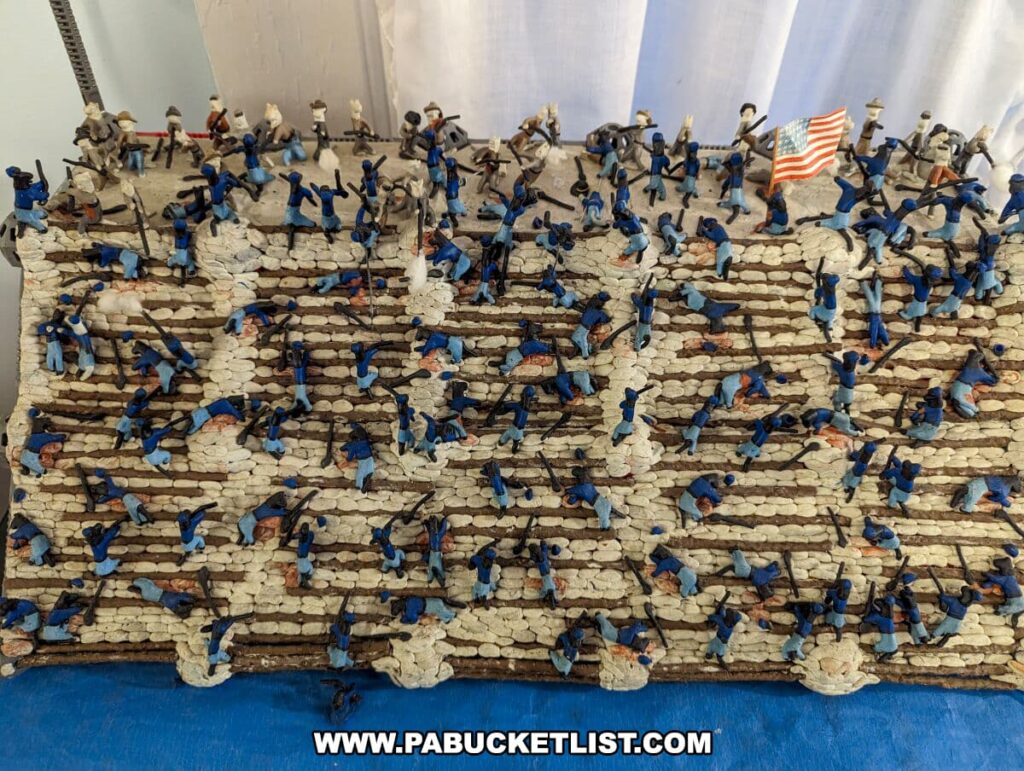
Admission fees are as follows: Adults: $6.50 | Children ages 6-12: $5.00 | Children 5 and under: FREE | Military (active and veteran), Police, Fire, EMT: $5.50
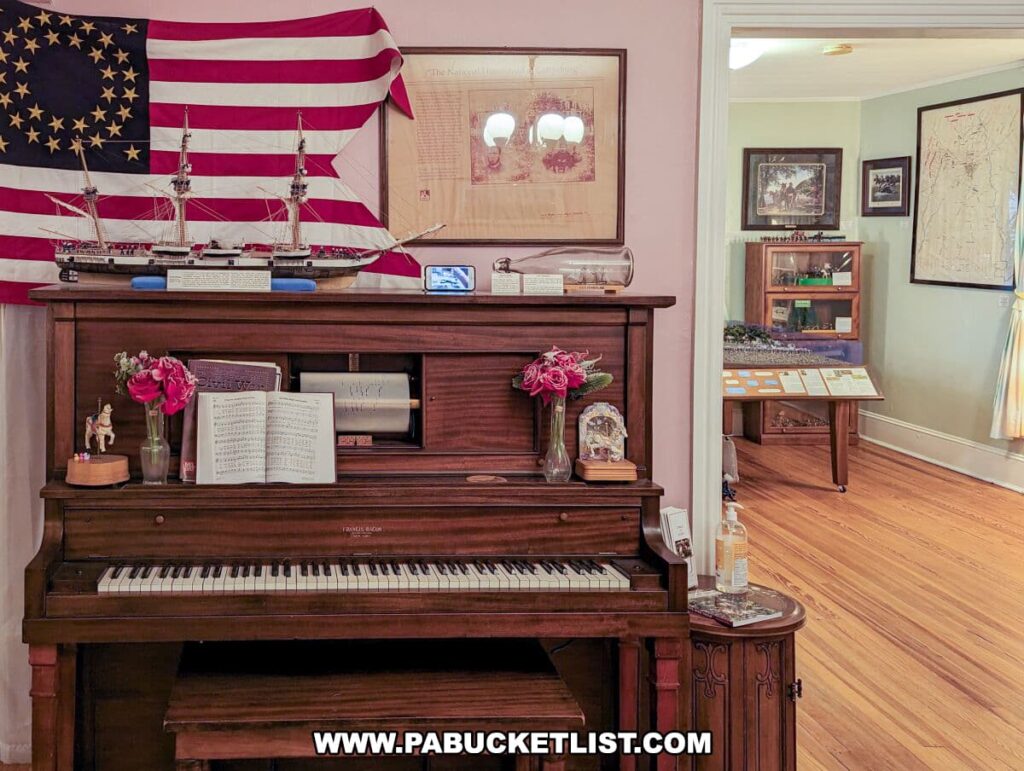
Inspiration for the Museum
The inception of Civil War Tails can be traced back to the childhood hobby of twin sisters Rebecca and Ruth Brown, who began crafting cat-soldiers from modeling clay at the tender age of 11.
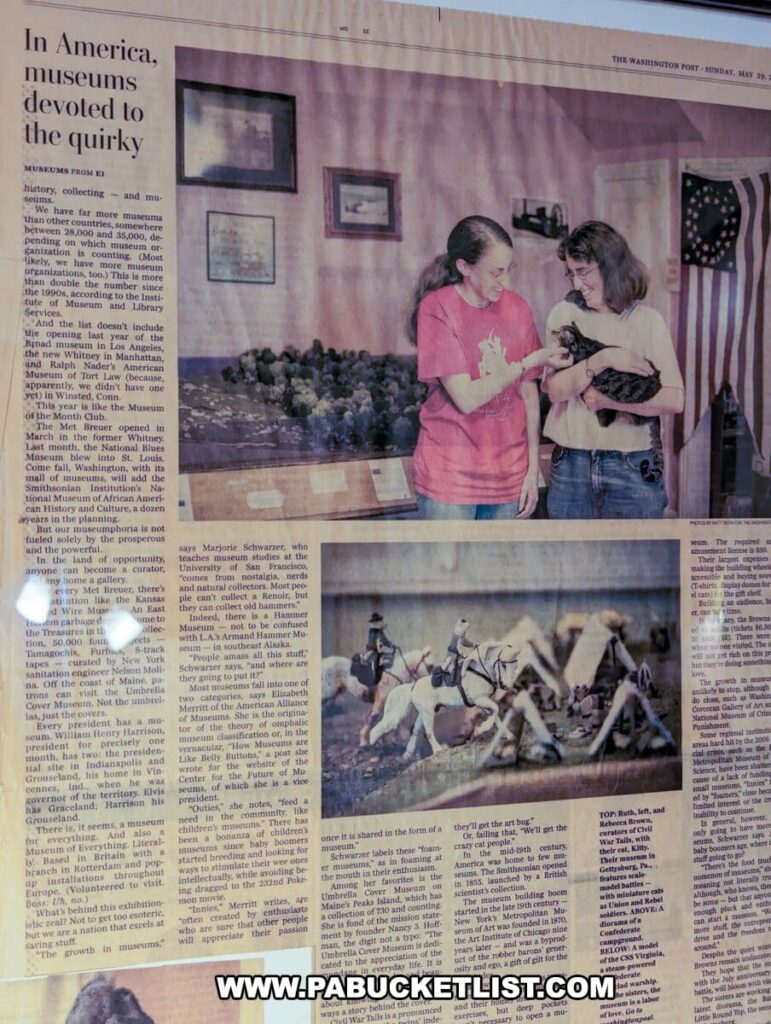
Their fascination with history and love for cats inspired them to create detailed dioramas, setting the foundation for what would eventually become a full-fledged museum.
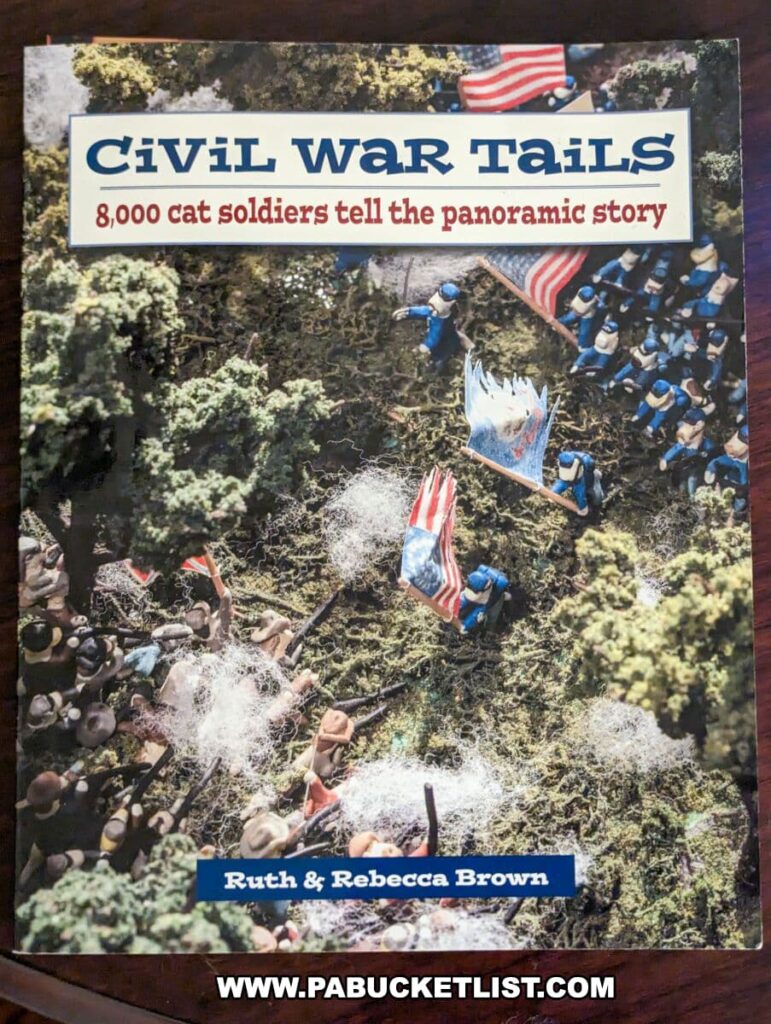
As the years passed, the quality of their dioramas and the intricacy of their clay cat-soldiers improved significantly, yet the charming concept of cat-soldiers remained a constant.
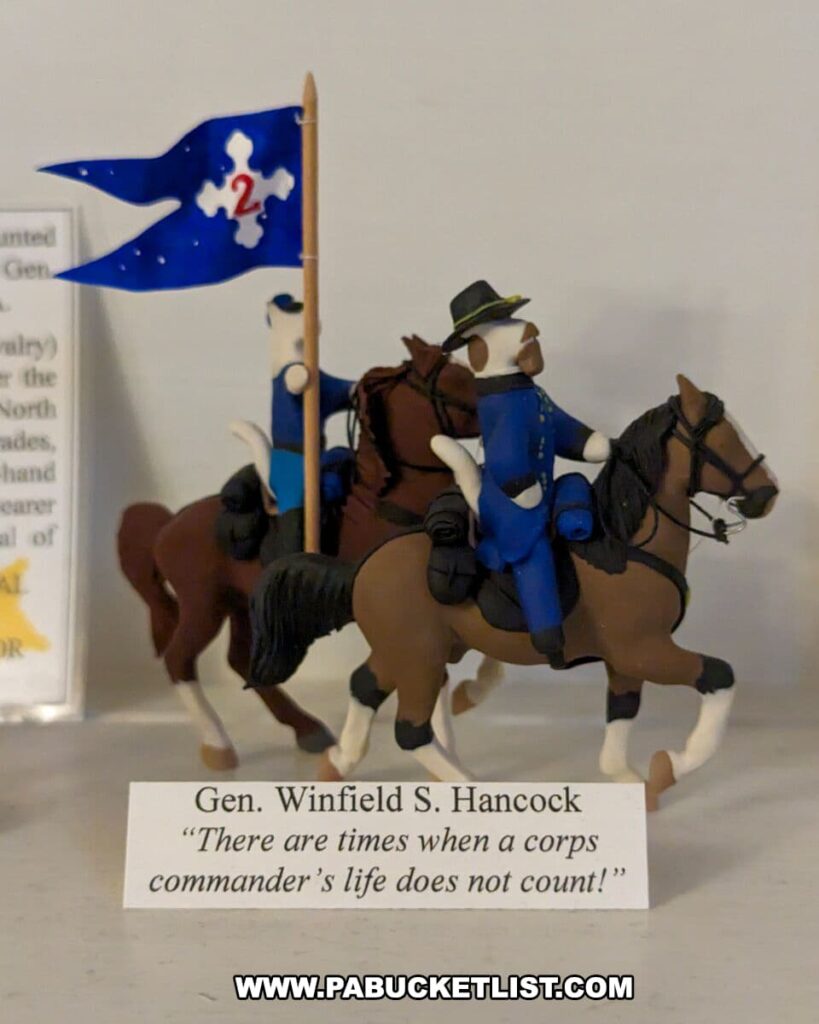
What You’ll See at the Museum
The Browns’ commitment to historical accuracy is evident in every diorama, despite the playful substitution of cats for human soldiers.
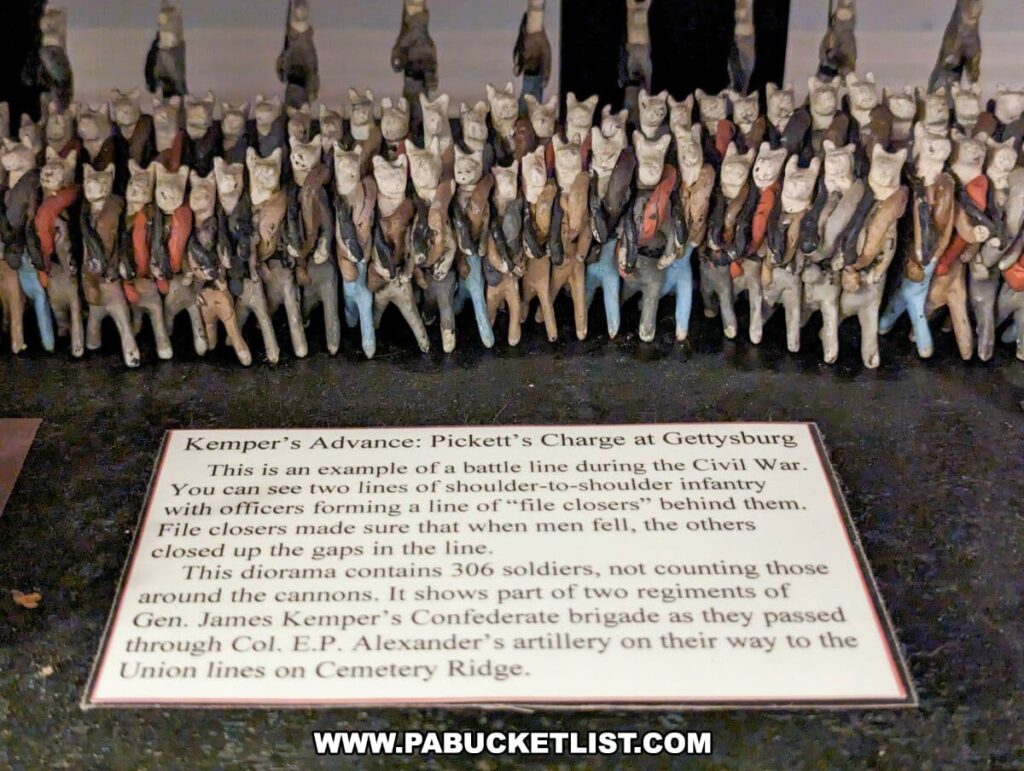
They pay meticulous attention to detail, ensuring that each scene realistically portrays the events of the Civil War, albeit with feline participants.
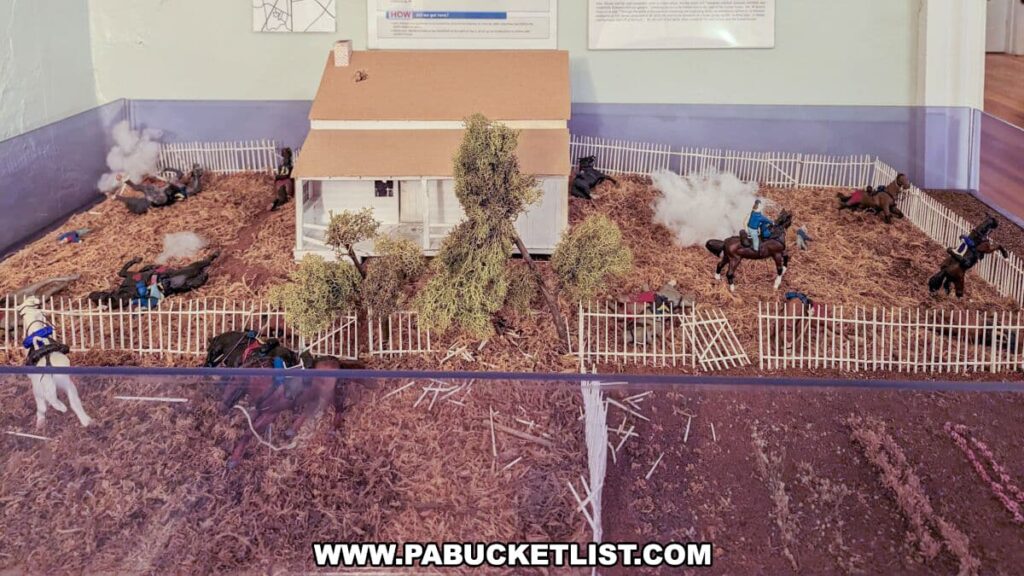
The dioramas are carefully crafted to maintain a one-to-one scale, with each cat figurine representing an individual soldier, complete with period-accurate uniforms and equipment.
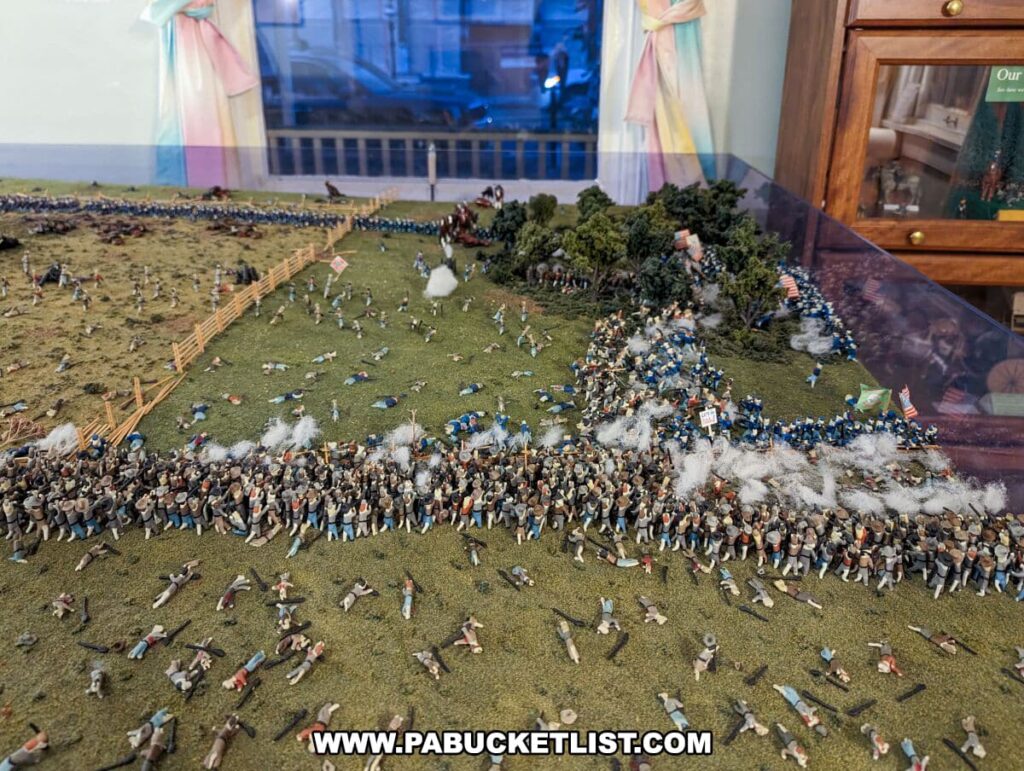
Visitors to the museum have the opportunity to explore various famous Civil War battles through these unique dioramas.
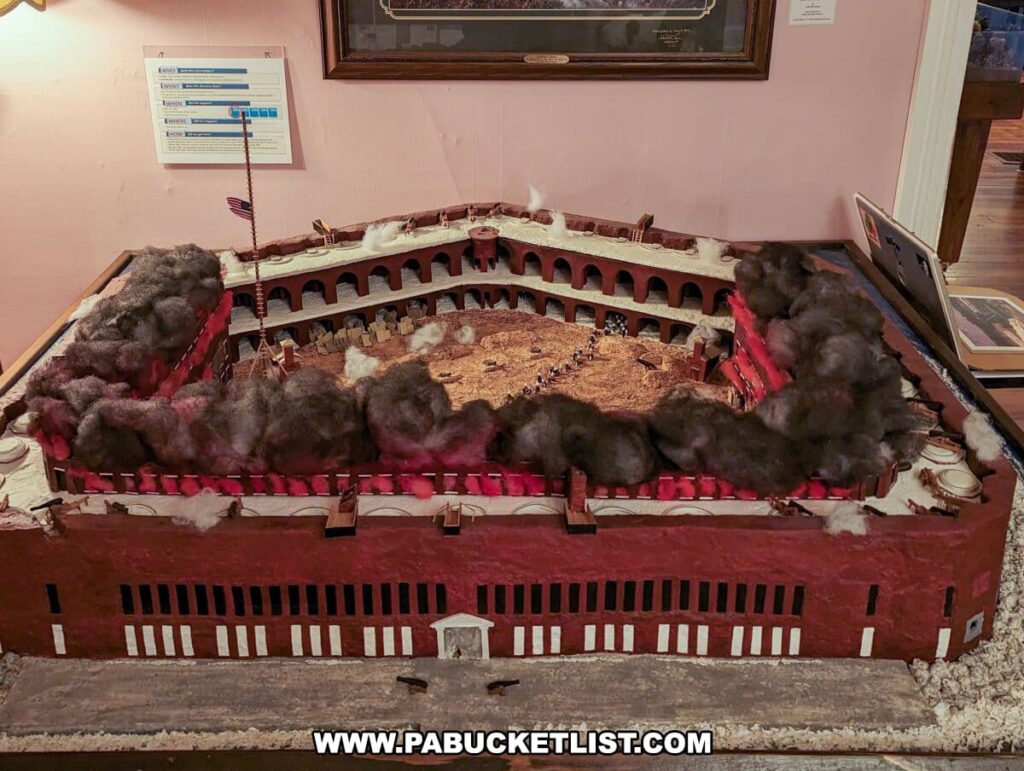
Highlights include the Battle Between the Ironclads, the siege of Fort Sumter, and several key moments from the Battle of Gettysburg, such as Little Round Top, The Angle, and East Cavalry Field.
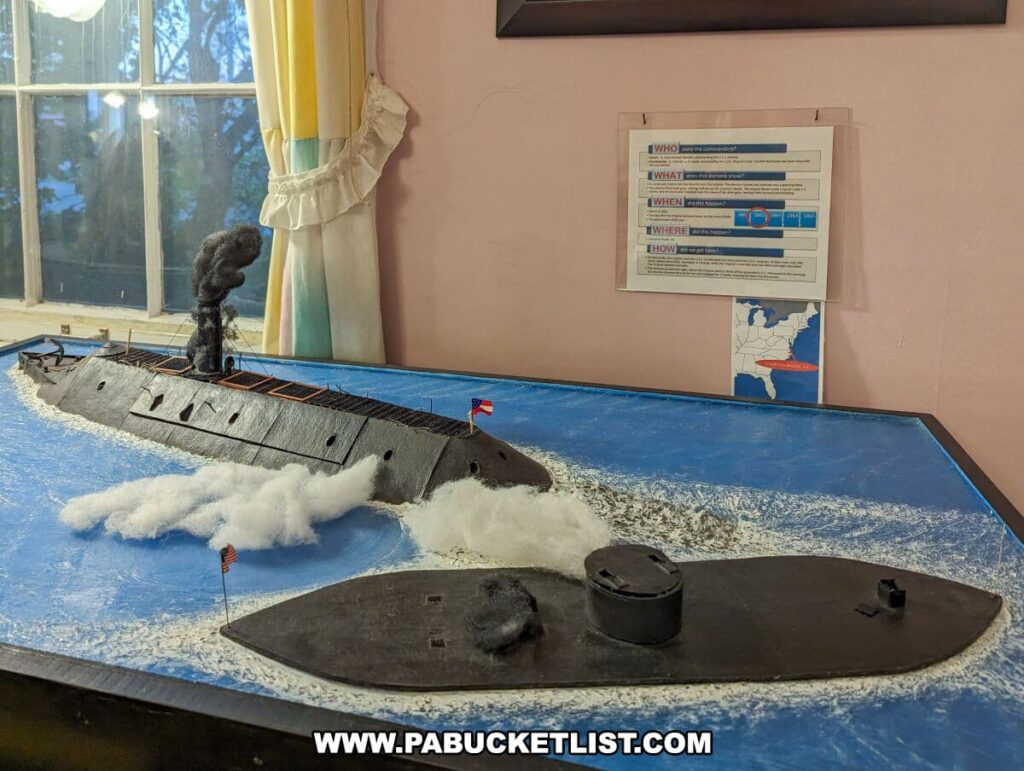
These 3-D representations allow guests to immerse themselves in the historical context, offering both a bird’s-eye view and a soldier’s-eye perspective of the combat scenes.
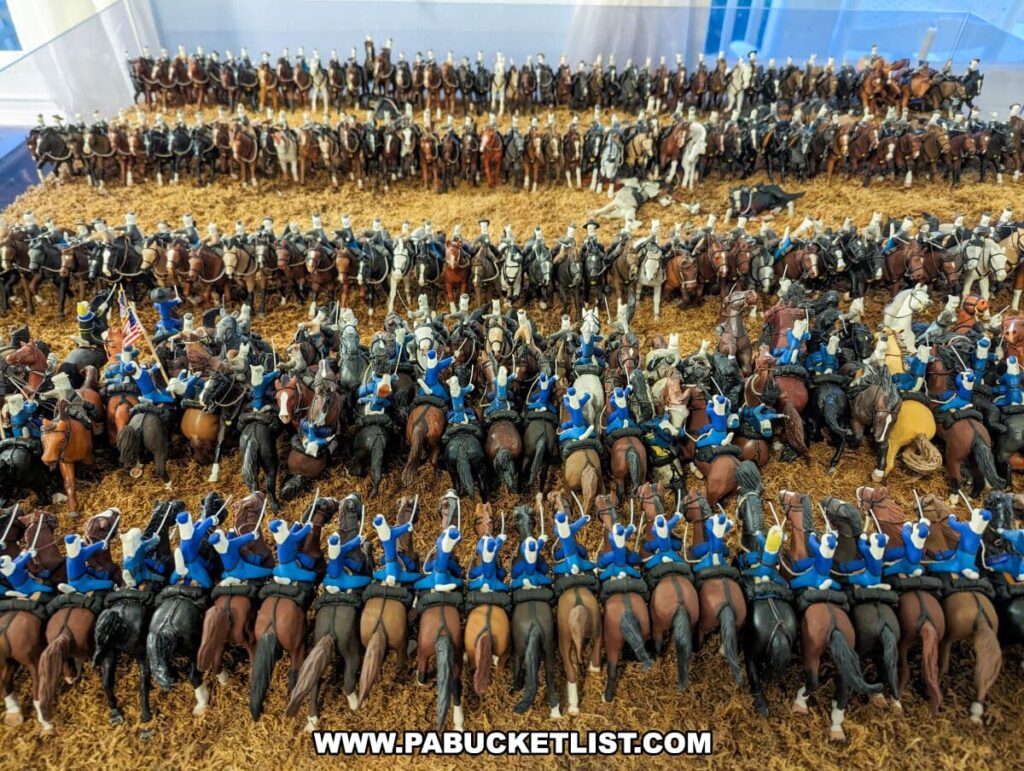
A portion of the museum is dedicated to Gettysburg’s sister city – Sekigahara, Japan.
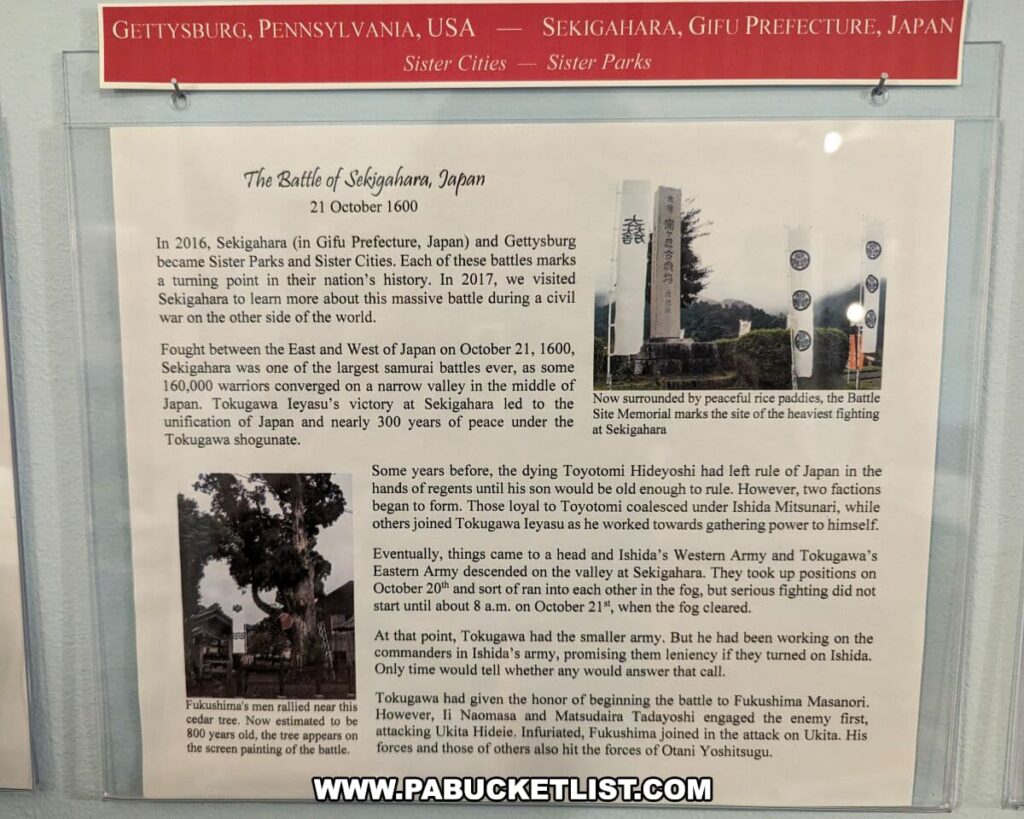
These exhibits focus on the historical parallels between Gettysburg and Sekigahara, where in the year 1600 armies from East and West Japan fought a battle eerily similar to the 1863 battle between the North and South in Gettysburg.
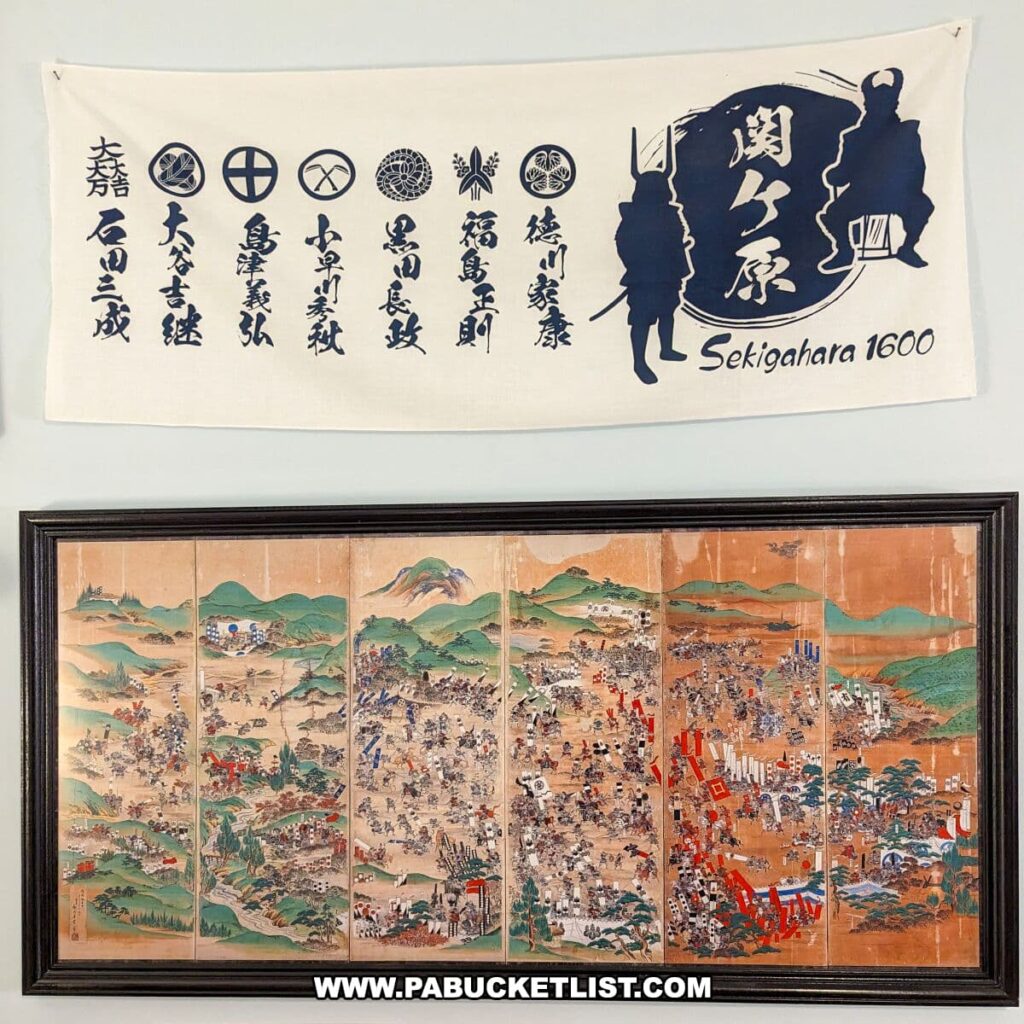
Memorabilia related to the Battle of Sekigahara, including Japanese swords, a fan, origami cranes, and miniature figures of samurai on horseback are on display, along with informational cards provide context about the items and their significance to the historic 1600 battle.
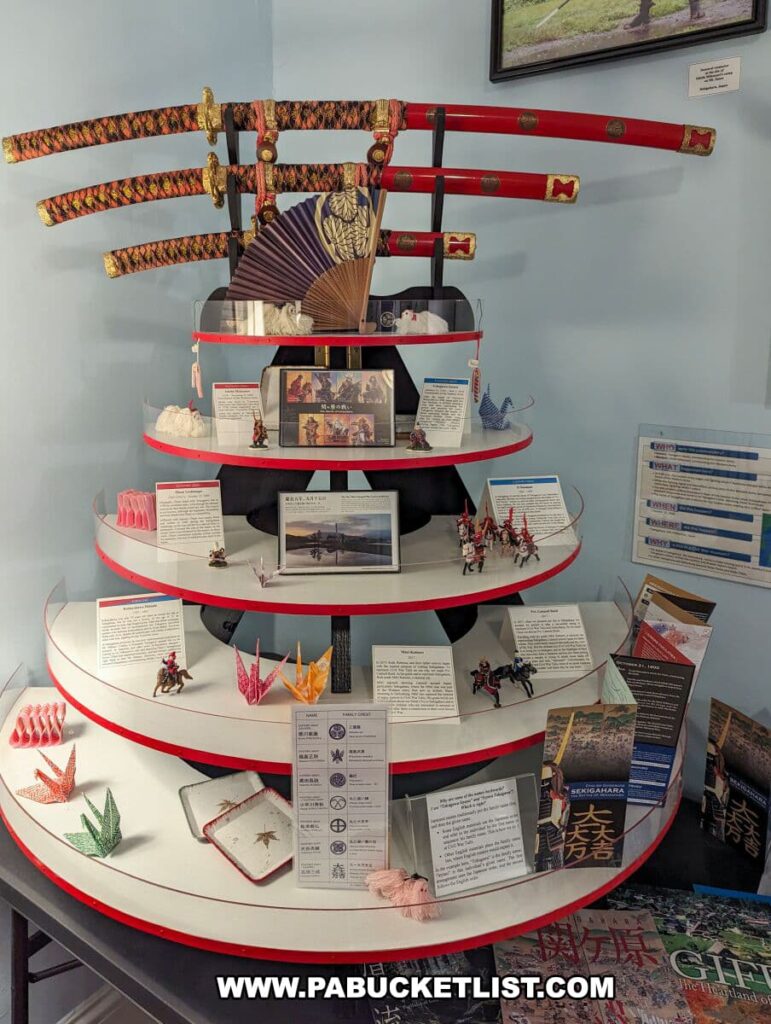
Final Thoughts
Civil War Tails is more than just a museum; it’s a tribute to the bravery and sacrifice of the soldiers who fought in the Civil War.
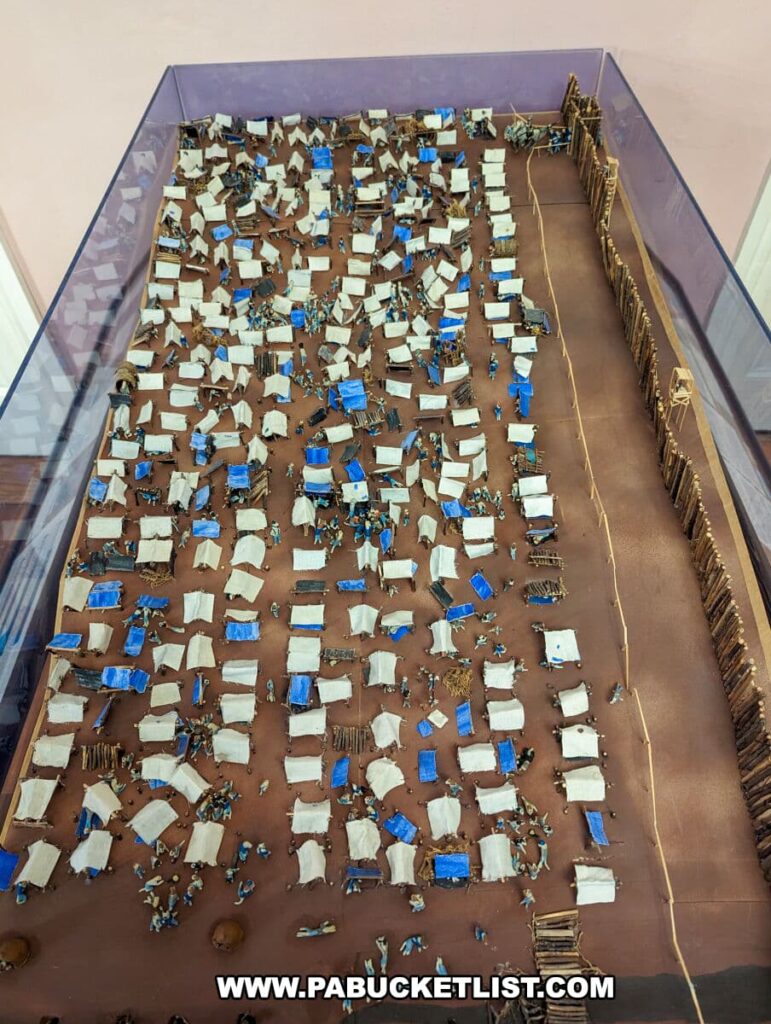
It also represents the fulfillment of a lifelong dream for the Brown sisters, who have successfully combined their passion for history, art, and cats into a memorable and educational experience.
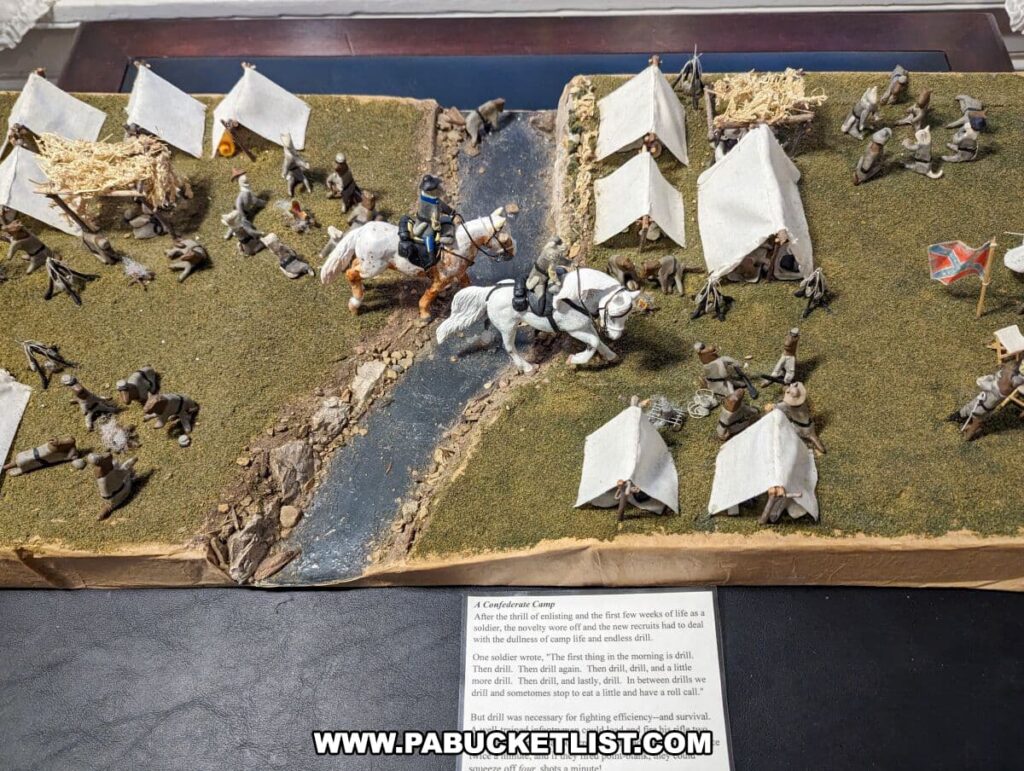
The museum aims to honor the legacy of the Civil War’s heroes while engaging visitors of all ages, particularly children, with its innovative and entertaining approach.
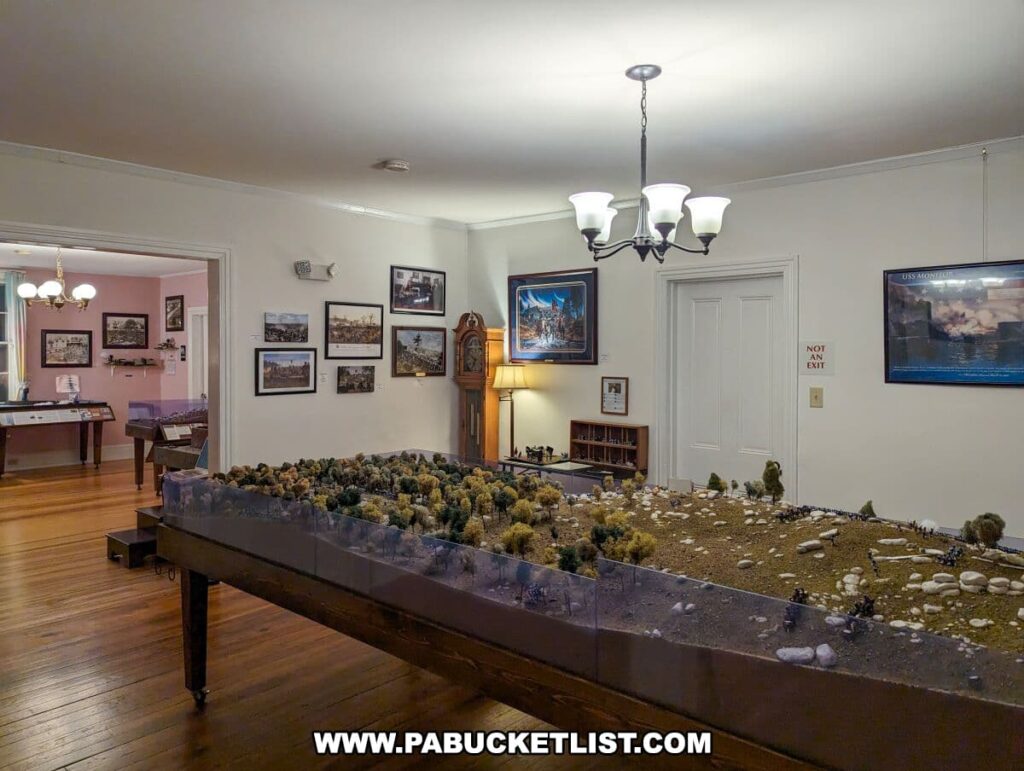
Nearby Attractions
The Gettysburg Diorama & History Center recreates the famous Civil War battle using one of the largest military dioramas in the United States.
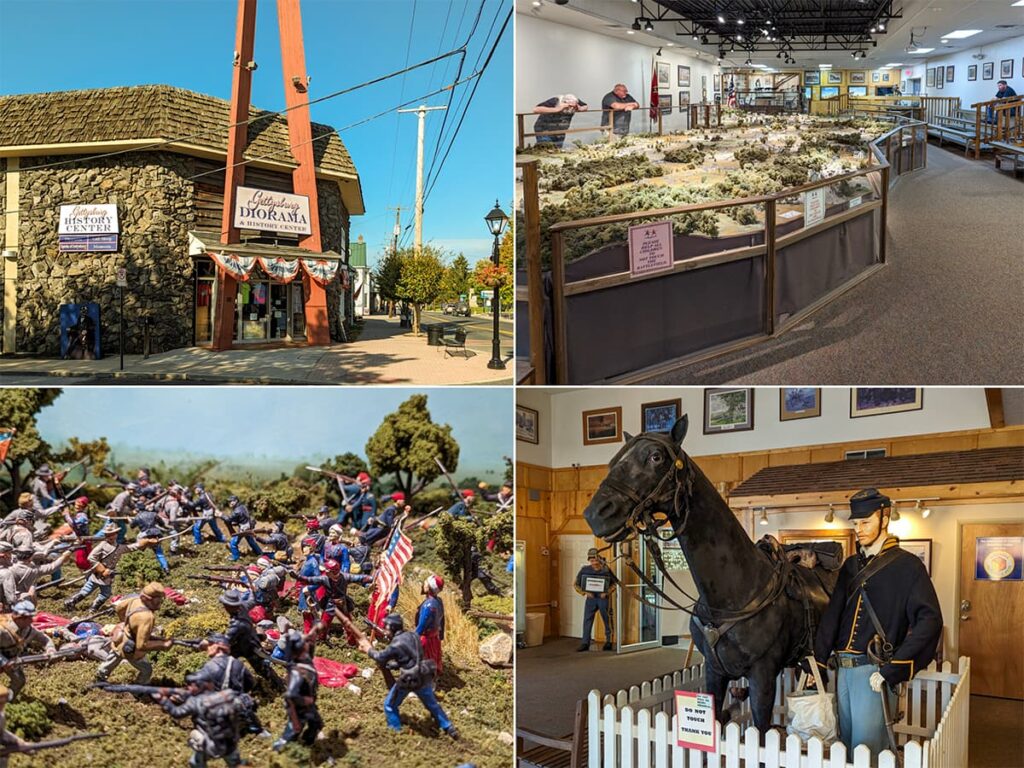
The Jennie Wade House is a historic landmark and museum that memorializes the life and untimely death of Jennie Wade, the only civilian killed during the Battle of Gettysburg.
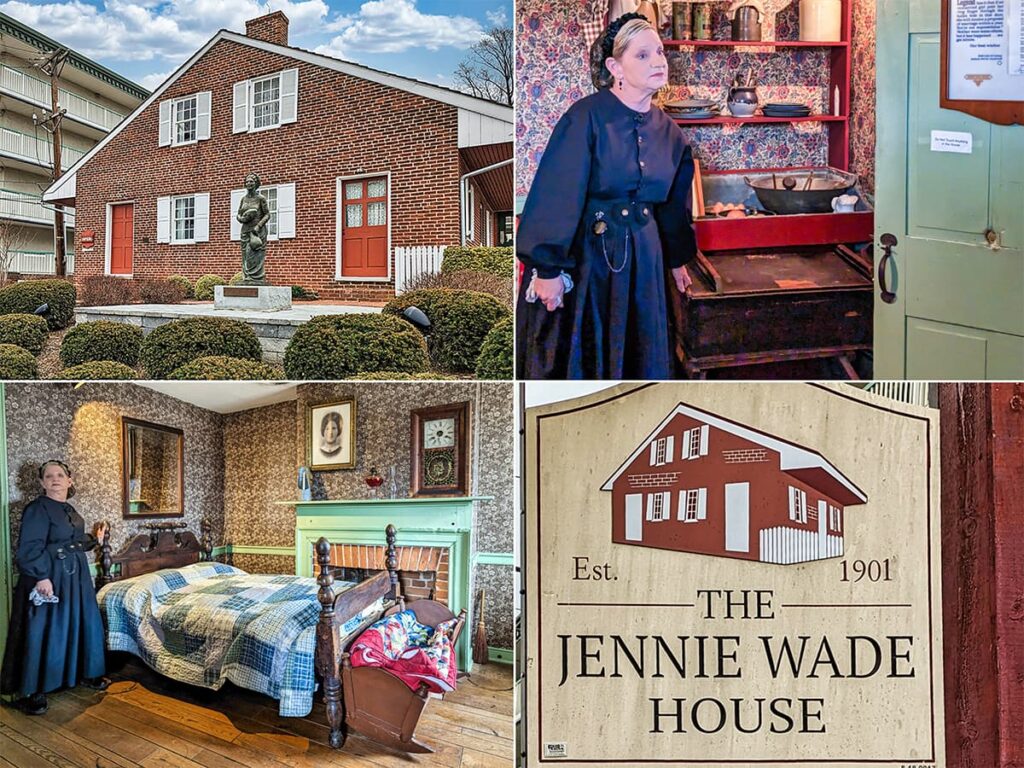
The Gettysburg Museum of History is home to thousands of unusual artifacts and atypical antiquities from American history, and admission is FREE!
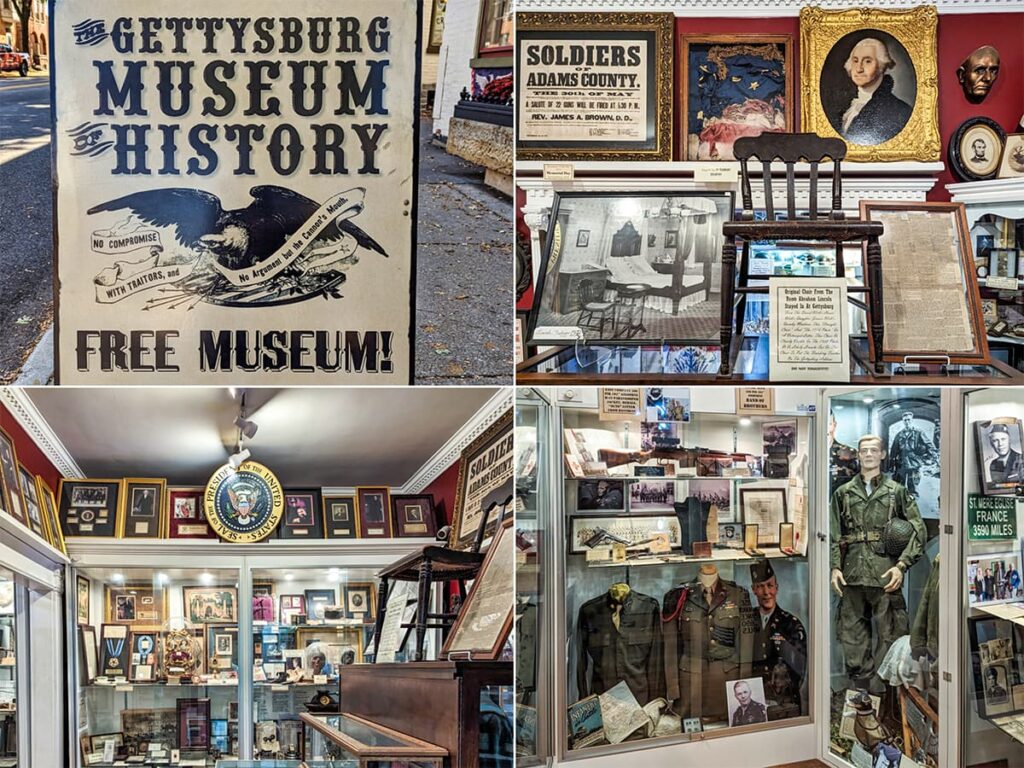
The Shriver House Museum depicts the remarkable story of one Gettysburg family’s life that was forever altered by the Battle of Gettysburg and the Civil War.
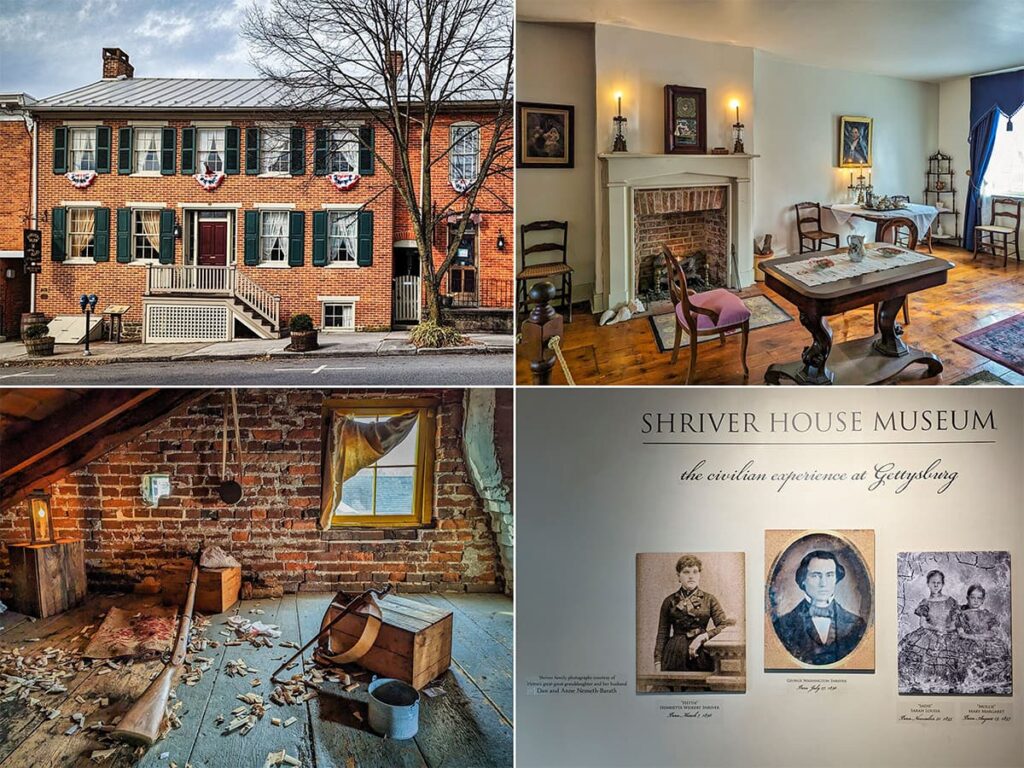
13 Must-See Attractions in Gettysburg is your guide to even more great things to see and do near the Civil War Tails Museum.
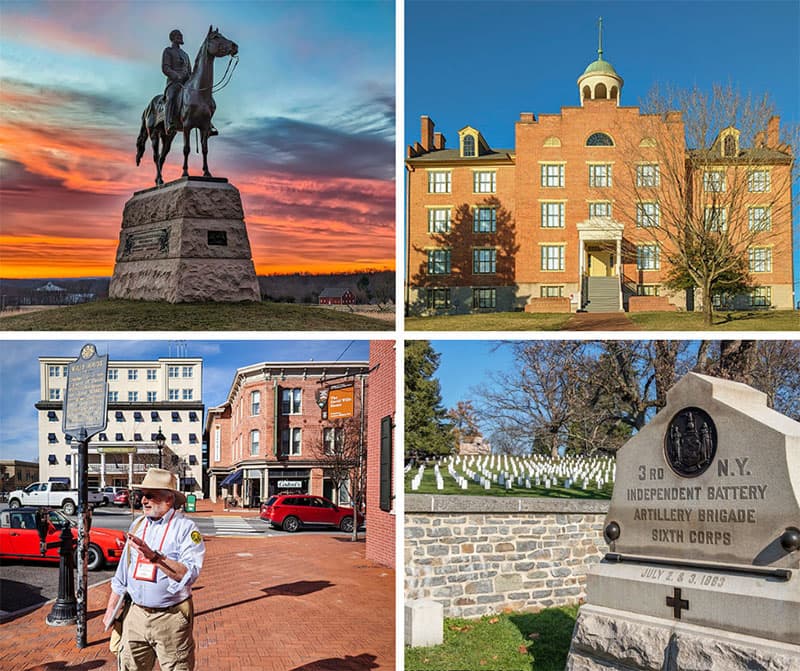
Did you enjoy this article?
If so, be sure to like and follow PA Bucket List on Facebook, Instagram, and/or Pinterest to learn more about the best things to see and do in Pennsylvania!
Click on any of the icons below to get connected to PA Bucket List on social media.


